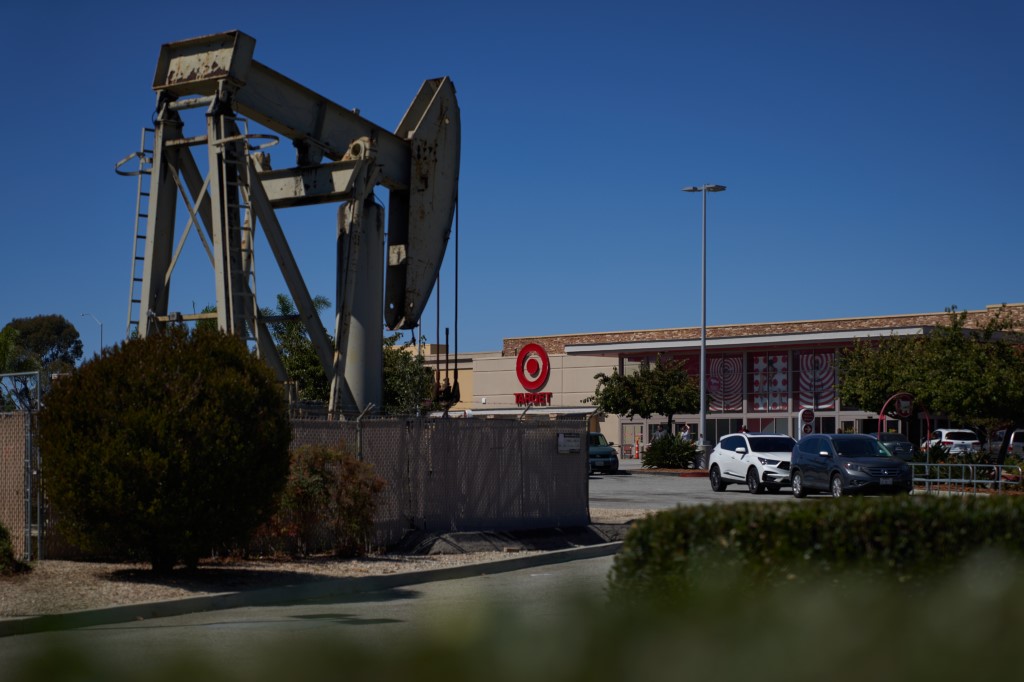London, United Kingdom – Oil prices rose Monday after key producers Saudi Arabia and Russia further cut crude output in a bid to protect their precious revenues.
Brent crude, the international benchmark, and US counterpart WTI jumped after Riyadh extended a voluntary oil production cut of one million barrels per day, while Moscow — whose invasion of Ukraine last year sparked oil market turmoil — said it was slashing exports by 500,000 bpd.
Prices later pared gains as traders continued to digest the news from the two biggest members of the OPEC+ producers’ alliance.
Asian and European stock markets meanwhile advanced, as easing inflation data fueled hopes central banks could be nearing the end of their interest rate hiking cycle.
Investor sentiment was subdued on the eve of the Independence Day holiday in the United States.
‘Knee-jerk reaction’
“It’s the usual knee-jerk reaction to reports of production cuts,” IG analyst Chris Beauchamp told AFP, when asked about the latest oil-price gains.
“But given… it’s not a coordinated move from all (OPEC+) members it seems hard to imagine there’s much more upside in this.”
He also warned that “the outlook for oil demand remains firmly under pressure” with many analysts forecasting recession next year.
Recent efforts by OPEC+ to bolster prices by reducing output have not succeeded.
In April, several OPEC+ members opted to slash production voluntarily by more than one million bpd — a surprise move that briefly raised prices but failed to bring about lasting price recovery.
Brent is down 11 percent since the beginning of 2023 and WTI is down seven percent, as a sluggish recovery in China and worries about a possible economic downturn cloud the outlook.
“Recession concern in the Western world continue to weigh on the oil market sentiment,” added UBS analyst Giovanni Staunovo.
“We continue to expect the oil market to tighten, and this should lift oil prices.”
“But financial investors will likely stay cautious in the short term.”
Stock markets had jumped Friday as data showed inflation cooling in both the United States and Europe, while Apple ended a session above $3 trillion in market value for the first time.
The personal consumption expenditures (PCE) index — the US inflation measure closely watched by the Federal Reserve — dropped in May to 3.8 percent year-on-year from 4.3 percent in April.
In Europe, figures showed eurozone consumer prices rose 5.5 percent in June, slowing from 6.1 percent in May thanks to a drop in energy costs.
The Federal Reserve and the European Central Bank have warned that more interest rate hikes are likely, but the latest data raised hopes they could soon wind down their monetary tightening.
Tokyo was also boosted after news that the Bank of Japan’s closely watched Tankan survey of confidence among the country’s largest manufacturers rose for the first time in seven quarters.








